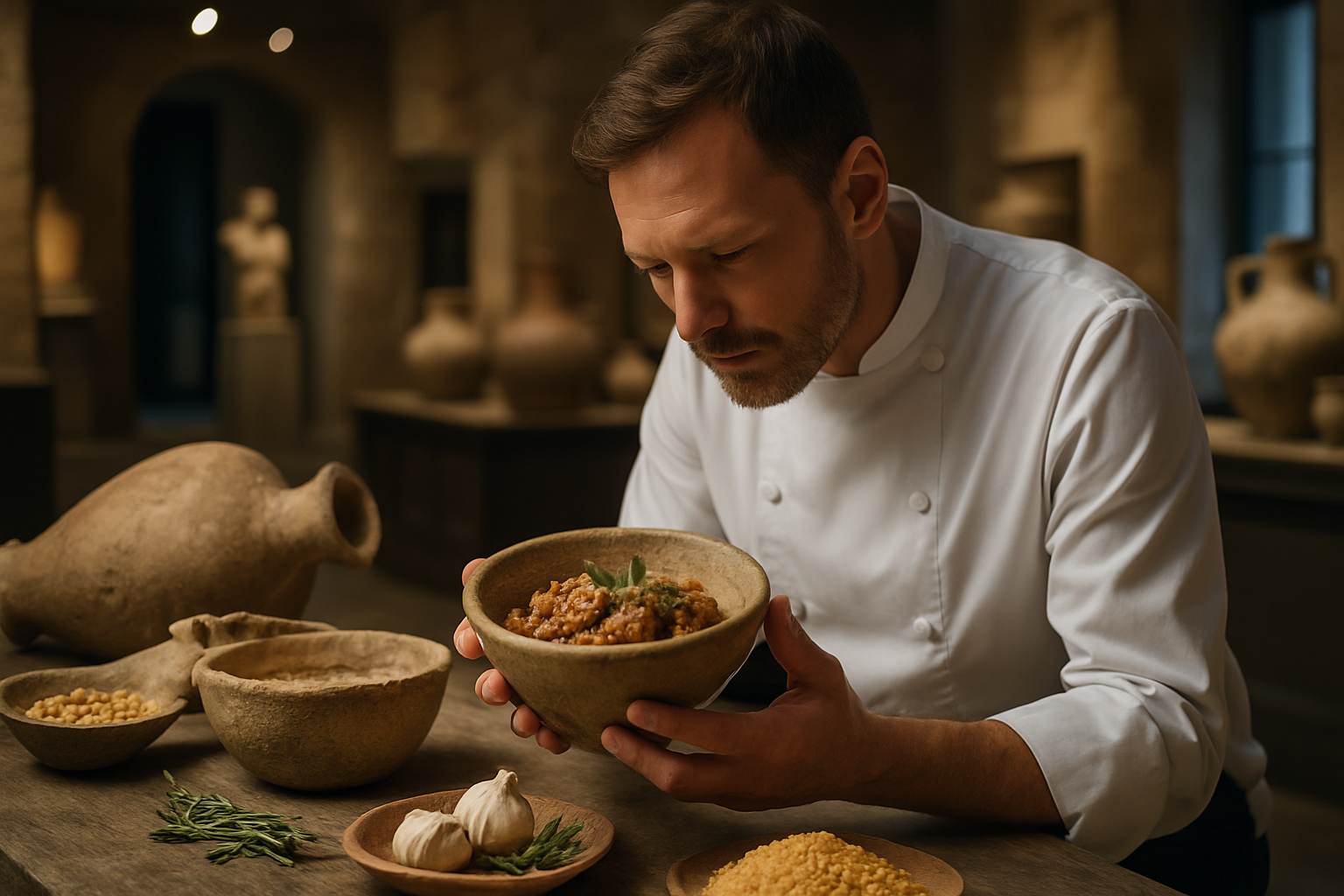Culinary Time Travel: Exploring Ancient Cuisines in Modern Destinations
Embark on a gastronomic journey through time as we delve into the fascinating world of ancient cuisines reimagined in contemporary settings. This unique travel trend combines history, archaeology, and culinary arts to offer travelers an immersive experience that tantalizes the taste buds while providing deep insights into past civilizations. From recreated Roman feasts to Mayan-inspired tasting menus, discover how innovative chefs and cultural institutions are bringing the flavors of antiquity to life.

From Dig Sites to Dining Tables
The journey from archaeological discovery to culinary recreation is a complex and fascinating process. It begins with careful excavation and analysis of food remains, cooking utensils, and historical texts. Archaeobotanists and zooarchaeologists play crucial roles in identifying plant and animal species used in ancient cuisines. Once the ingredients and preparation methods are understood, skilled chefs work to adapt these ancient recipes for contemporary tastes while maintaining historical accuracy.
Ancient Eats in Modern Metropolises
Cities around the world are embracing this culinary time travel trend, offering unique dining experiences that transport guests to bygone eras. In Rome, restaurants like Antica Roma serve authentic Roman dishes based on recipes from ancient texts, allowing diners to feast like emperors. Meanwhile, in Mexico City, chefs are reimagining pre-Columbian cuisine, incorporating indigenous ingredients like chia seeds, amaranth, and huitlacoche into innovative dishes that pay homage to Aztec and Mayan culinary traditions.
Museums: A New Frontier for Historical Gastronomy
Museums have long been custodians of cultural heritage, and now they’re expanding their role to include gastronomic experiences. The British Museum in London has partnered with chefs to offer themed dinners that complement their exhibitions, allowing visitors to taste the foods of ancient Egypt or Mesopotamia. Similarly, the National Museum of Denmark in Copenhagen hosts Viking-inspired feasts, complete with mead and traditional Nordic fare, providing an immersive journey into the past through food.
The Challenge of Authenticity
While the concept of culinary time travel is undoubtedly exciting, it comes with its own set of challenges. Balancing historical accuracy with modern food safety standards and taste preferences requires careful consideration. Some ingredients used in ancient times may be unavailable or even illegal today, necessitating creative substitutions. Additionally, ancient cooking methods often differed significantly from modern techniques, requiring chefs to adapt while still maintaining the essence of the historical dish.
Savoring the Past: Tips for Culinary Time Travelers
• Research restaurants and events specializing in historical cuisines before your trip
• Look for museums offering food-themed exhibitions or dining experiences
• Consider joining a culinary archaeology tour for a hands-on experience
• Try cooking classes that focus on ancient recipes and techniques
• Keep an open mind when tasting unfamiliar flavors and ingredients
The Future of Culinary Time Travel
As interest in culinary history continues to grow, we can expect to see more innovative ways to experience ancient cuisines. Virtual reality technology may soon allow travelers to dine in meticulously recreated historical settings, while advancements in food science could lead to even more accurate reproductions of ancient flavors. Whether you’re a history buff, a foodie, or simply an adventurous traveler, culinary time travel offers a unique way to connect with the past and gain a deeper appreciation for the rich tapestry of human culinary heritage.





